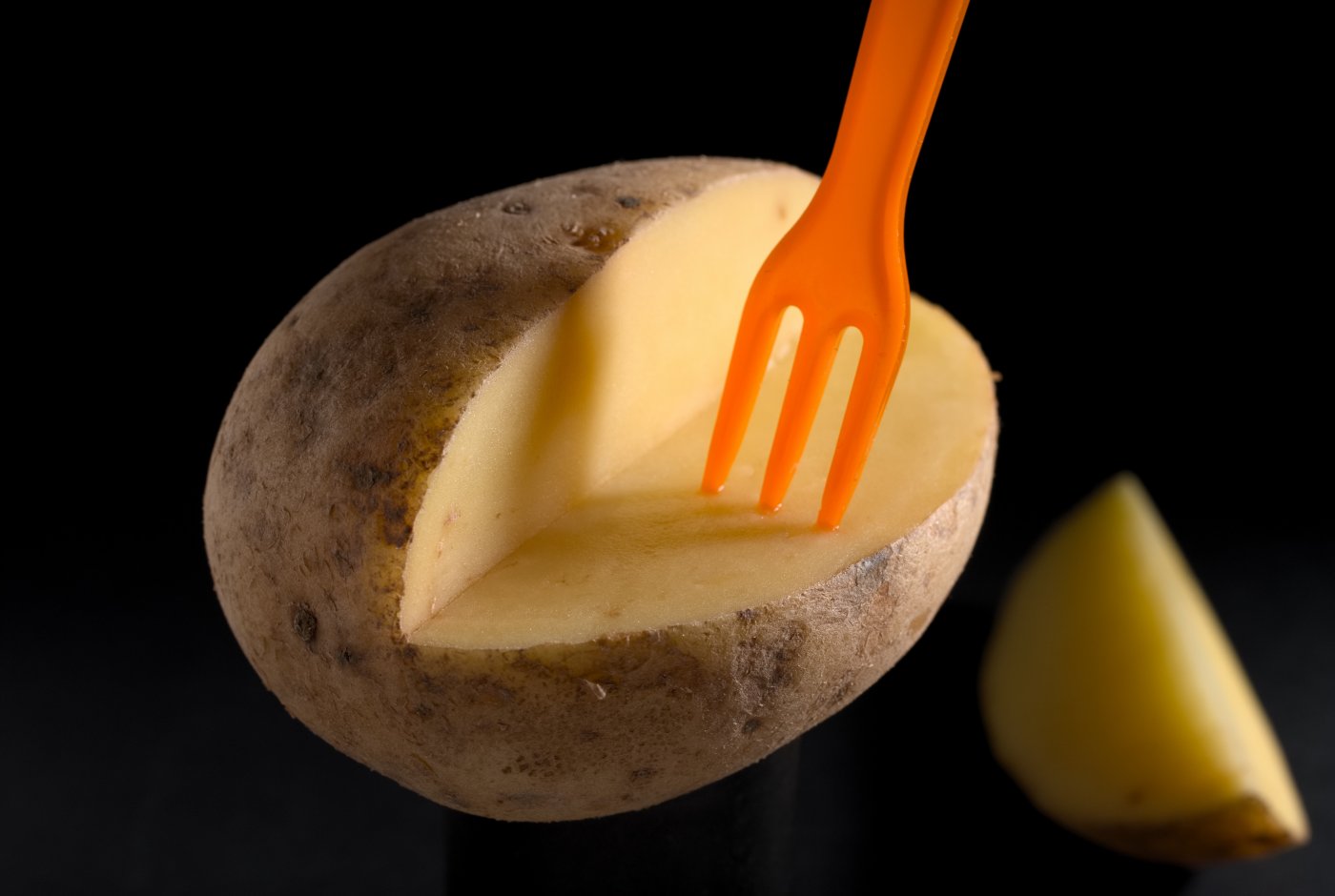
The potato: An overlooked protein source
Vegans and others who primarily cover their protein needs with a plant-based diet are in luck. This diet is gradually gaining popularity —as it helps reduce the climate footprint that can solve the problem of feeding the world's growing population in the future. So the food industry is busy developing new products.
Denmark has a large potato production, and Danish companies receive more than 1.2 million tonnes of potatoes each year, which is mainly used for the production of starch in the form of potato flour. The production of potato starch each year leads to 10,000 tonnes of potato protein as a residual product that at present can't be used in food. This is due to the content of toxins and unwanted enzyme activities, that are responsible for turning raw peeled potatoes brown when exposed to air. Therefore, the residual product today is only used for animal feed.
Over the last three years, Aarhus University has been working on the development of new and healthy protein-based ingredients based on the potato protein, which today ends up in the feed trough. Potato protein is far more sustainable then for example soy. But how do you remove the unwanted toxins? What is the best way to maintain the good properties of potato protein?
Anne Niluka Iversen went to Aarhus to talk (in Danish) with Jesper Malling Schmidt, a postdoctoral fellow at the Department of Food of Aarhus University.
Follow Science Stories on: iTunes, Spotify, Google Podcasts, Twitter, Facebook, and Instagram.
Additional information (in English):
- Switching to a plant-based diet can help fight climate change, UN experts have said: Plant-based diet can fight climate change - UN
- Read more about Proteins for the future in the Recommendations from the Danish National Bioeconomy Panel (2018).
- Research says Plant-based Diet Best for Planet and People (2014)